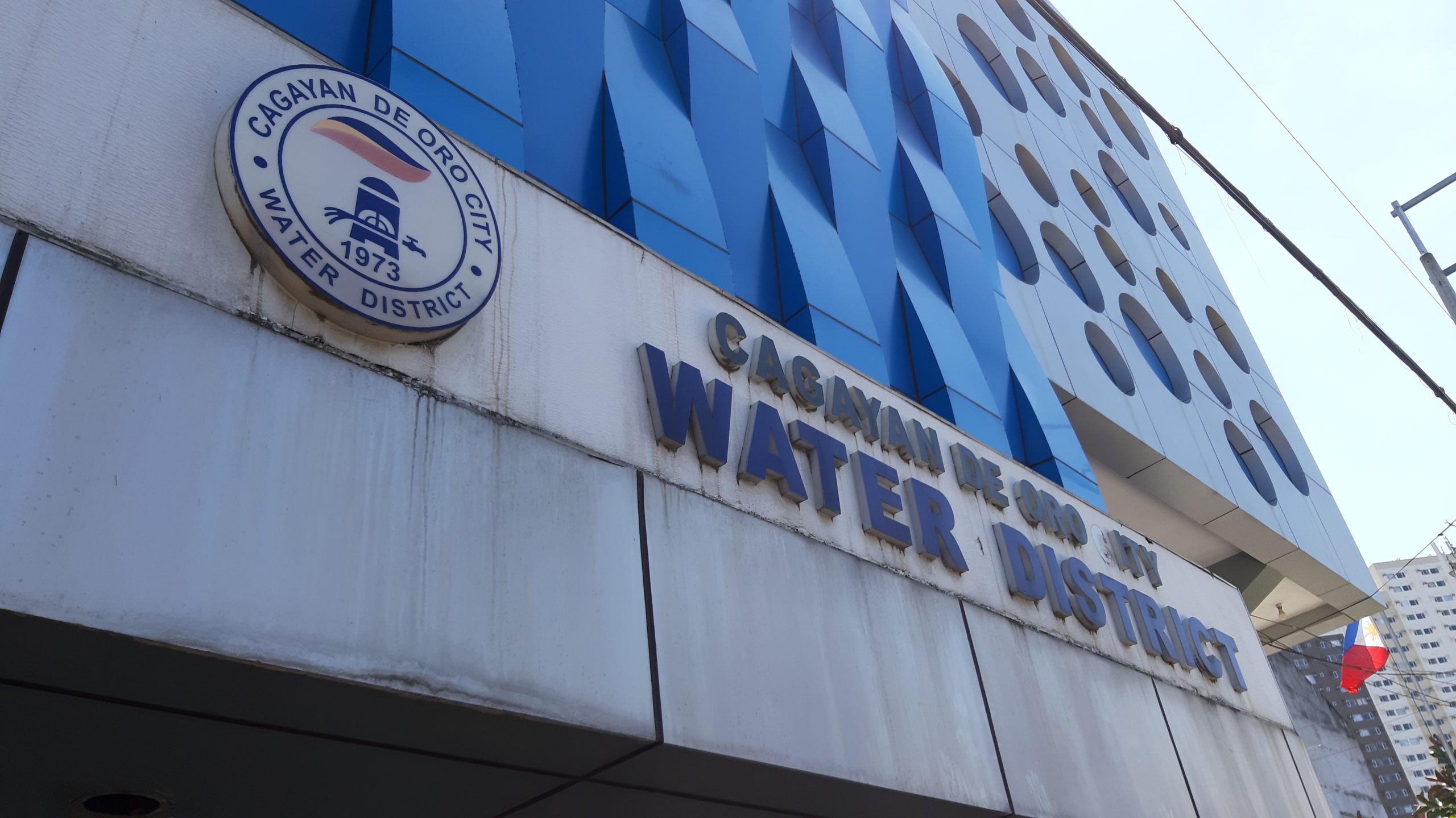A.Paulita Roa
LISTEN–when you know your past or your personal history, you will be able to understand the present and will be prepared to face the future.This is how useful history is to an individual, a community or a nation. Last Monday, Cagayan de Oro was hit by heavy torrential downpour–a month’s worth of rain poured within a day over the city that it caught many residents by surprise. Again, the flooded sections of the city were the same like in the past. When will we ever learn?
Typhoons Sendong and Pablo visited the city in the month of December that it made me wonder why typhoons come here either on December or January. Previously, there were two typhoons that came to the city, a few weeks apart. The first came on December 2008 and was followed by a second typhoon on January 2009. Two years later, TSendong came to our city on Dec. 17, 2011. Hundreds died or were missing and thousands were left homeless.
I read the 1967 interview of Bernardo Taboklaon in the book, The Village (Xavier University: Cagayan de Oro). He was 17 years old at the time of the big storm in January 1916. He said that it rained non-stop and heavily for almost a week that the river overflowed its banks. The waters entered the town Macasandig until it reached the present site of the Cogon market that was once part of of the old Camaman-an. My father and her sister told me that during the 1916 flood, they had to cross the Divisoria area in a boat. That the floodwaters almost reached the second floor of their residence in Burgos St. that was near the Cagayan River. And to think that it was the time when we still have our thick forests and marshlands.
We have a big satellite map of the city at the Filomeno M. Bautista Gallery of the City Museum. This was taken in 1992 by a Russian satellite and reproduced by an American company. In this map, we see a narrow and winding Cagayan de Oro River, a far cry from the river that many old Kagay-anons during the pre-war era described as “wide and forbidding.” What is interesting is that the dark or shaded areas of the city like Macasandig, Balulang, Carmen, Isla de Oro and Kauswagan could be part of the river. Whenever there are torrential rains, a big volume of water from the Cagayan de Oro River would overflow from its narrow passage way. As they say, water will seek its course and the rampaging waters went through its ancient waterway and this explains why we have several barangays that are repeatedly flooded during the rainy season.
Another conjecture is that Capistrano and Tomas Saco Sts. may have been the original river banks or the lapyahan for they are located on higher ground. And parts of the city streets like del Pilar, Makahambus, Mabini, Yacapin, Borja and Chaves that sloped downriver could be areas that were submerged underwater for thousands of years. The river and its surrounding areas are not what they are today for the banks or lapyahan may be further from the present one. The rapid sedimentation brought by the rivers from Bukidnon and Lanao del Norte provinces as it flowed towards Macajalar Bay may have produced new land along the banks in Cagayan de Oro.
Kagay-anons like Barangay Chairman Omar Labuntog of Lapasan who grew up near the area that comprised the the present Limketkai commercial complex, the University of Science and Technology of Southern Philippines (formerly Mindanao University of Science and Technology), Puregold and the Agora Market and Bus Terminal, knew that these were once marshlands. He wrote that he and his friends used to go boating in the once pristine Bitan-ag creek just besides USTSP. Also, a big section of Agora near the sea were fishponds owned by the Firmacion family. This area now consists of concrete commercial buildings but is frequently flooded just like what happened in last Monday’s heavy downpour.
It is very important for the city government to have a thorough study on the physiography of the city and come up with a record of the typhoons and floods that occurred here for at least over a century. This can be of great help to the city planners and developers so they will know full well the topography and rain cycles of our land. We must stop the conversion of our marshlands and the dredging of creeks for commercial purposes. Else, we will again experience the wrath of nature repeatedly in years to come at the risk of losing more lives and our economy as well.
Disclaimer
Mindanao Gold Star Daily holds the copyrights of all articles and photos in perpetuity. Any unauthorized reproduction in any platform, electronic and hardcopy, shall be liable for copyright infringement under the Intellectual Property Rights Law of the Philippines.












